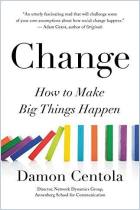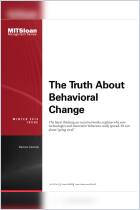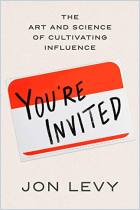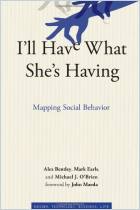
Book
How Behavior Spreads
The Science of Complex Contagions
Recommendation
University of Pennsylvania professor Damon Centola argues that the more complex an idea, technology or new behavior, the less likely large networks of weak ties will promote its adoption. In an increasingly connected world of loose and long ties, this matters. Through reference to extensive experimentation and research, Centola shows that the spread and adoption of important ideas – like getting vaccinated, voting or adopting healthier behaviors – require tight networks of strong ties.
Summary
About the Author
Sociology professor Damon Centola directs the Network Dynamics Group at the University of Pennsylvania.
By the same author
Book
Learners who read this summary also read
Book
Book
Book
Book


















Comment on this summary